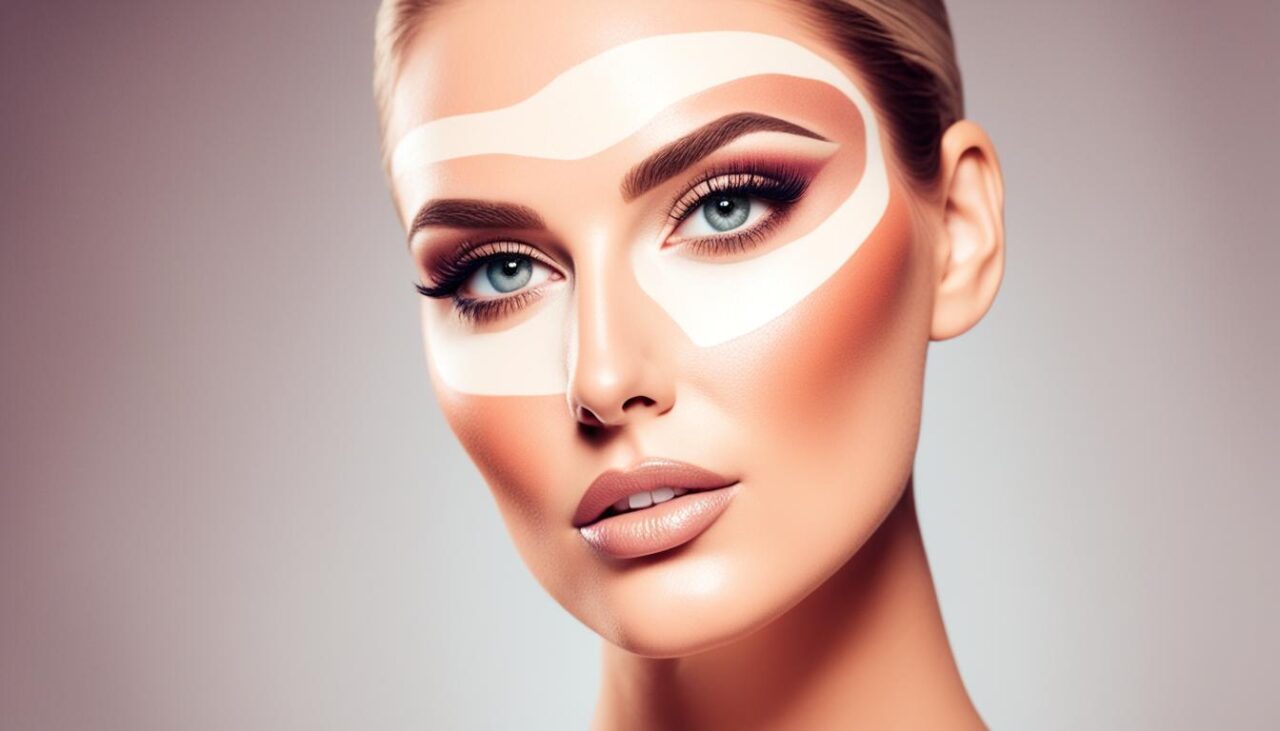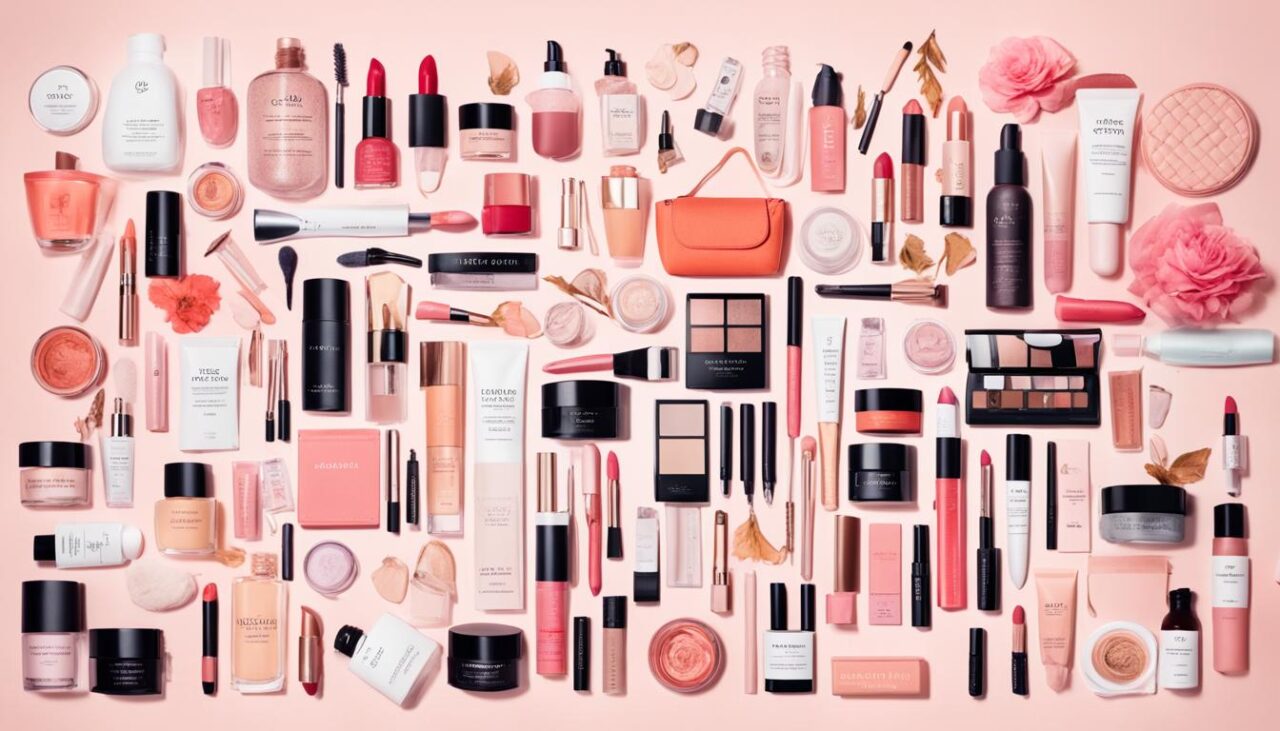In our digital era, the beauty ideals once confined to glossy magazine pages and runways have found a new, pervasive medium: social media. Platforms that were created for connection and communication are now significant cultural standards bearers, forever altering our self-perception and view of beauty. This intersection of technology and aesthetics has given rise to an unprecedented social media influence on the beauty paradigms we strive to emulate.
The omnipresent nature of these digital spaces means that what was once a whisper in the corridors of fashion houses now echoes loudly across every smartphone and computer screen. Curated feeds, trending hashtags, and viral content sculpt a contemporary narrative of allure, one where the lines between reality and aspiration blur. This digital stage not only showcases but actively crafts the criteria by which beauty is judged, creating a cycle of perpetual comparison and emulation.
Contents
Key Takeaways
- Understanding social media's role in defining modern beauty is key to navigating its effects on self-image.
- The emergence of social platforms as trendsetters has transformed the way beauty standards are disseminated and adopted.
- Recognizing the power of digital environments can help in the development of more inclusive and diverse beauty ideals.
- Reflecting on the balance between social media influence and personal values is crucial for a healthy self-perception.
- Greater awareness is needed regarding how online content may shape or distort our understanding of cultural standards of beauty.
Defining Beauty Ideals in the Age of Social Media
In the proliferating cosmos of influencer culture, the contours of digital beauty are etched not by the unyielding chisel of traditional media, but through the fluid swipes on the glass panes of our devices. The dynamism of online trends on visual platforms has given birth to a new realm of beauty ideals that are both ephemeral and pervasive.
Within the curated galleries of Instagram and the spontaneous bursts of TikTok creativity, lie the powerful shapers of today's beauty standards. Drifting away from the glossy pages where once beauty was monolithic, these digital spaces invite an everyman to partake in the crafting and redefining of what is deemed beautiful.
“Social media has democratized beauty, giving voice to the once voiceless and showcasing a spectrum of aesthetic that challenges the old-guard standards.”
The quintessential allure of the digital age is one of hyper-visibility, where diverse physiognomies are staged on the omnipresent platforms. This digital visage of beauty is not without its complexities, harmoniously merging the realms of the virtual and the real, often blurring the lines that separate them.
Yet, as these paradigms of beauty evolve, so too does the discourse on inclusivity and representation. In a world where an influencer's skincare routine is as influential as a supermodel's catwalk, the importance of diversity in these representations gains paramount significance. Digital platforms, thus, become not just mirrors reflecting society's shifting perceptions but also potential catalysts for progressive change.
The intersection of influencer culture with the more profound issues of societal standards speaks to a generation increasingly cognizant of the layered nuances of beauty. Herein lies the challenge: to reconcile the effervescent allure of the trend-driven digital landscape with meaningful strides towards an inclusive understanding of beauty that resonates across the spectrum of global audiences.
Visual Platforms: The New Runways for Beauty Trends
In an era where social media reigns supreme, platforms such as Instagram, Pinterest, YouTube, and TikTok have taken center stage in the world of fashion and beauty. These visual mediums have become instrumental in dictating beauty norms, where each platform contributes uniquely to the industry's ever-changing landscape.
The Rise of Instagram as a Beauty Standard-Setter
Instagram beauty trends have soared with the app's ability to make any look go viral within hours. Brands and influencers collaborate to showcase the latest in makeup and skincare, and with the swipe of a finger, users are exposed to a myriad of beauty standards and aesthetics. From the natural, no-makeup look to the more ornate and artistic makeup transformations, Instagram continues to be a powerhouse for setting beauty trends, reflective of its diverse user base.

Pinterest and YouTube: Fostering Beauty DIY Culture
Pinterest DIY beauty has turned the everyday consumer into a creator, with countless pins providing inspiration and step-by-step guides on everything from homemade face masks to full-glam makeup tutorials. Similarly, YouTube beauty influencers are the vanguard of the DIY beauty culture, offering detailed tutorials, product reviews, and beauty tips, often leading to empowered viewers who feel capable of replicating the trends at home.
TikTok: Rapid Evolution of Beauty Ideals
“If you want to see the future of beauty, scroll through TikTok.”
This statement encapsulates the role of TikTok in the beauty industry. Known for its
TikTok beauty challenges
, the platform has a knack for churning out trends at breakneck speed. Its algorithm is designed to pick up on the slightest nuances in user preferences, rapidly iterating upon and evolving beauty ideals that resonate with Gen Z, thereby solidifying its position in the pantheon of beauty trendsetters.
Influencer Culture and Its Impact on Beauty Perceptions
The realm of beauty and self-perception has been dramatically transformed by the phenomenon of influencer culture. Within the digital landscape, figures known as influencers harness potent tools: their online presence and the sway of social media beauty standards. This confluence of visibility and influence is game-changing, with endorsements acting as powerful catalysts that shape contemporary norms of beauty perceptions across platforms like Instagram, YouTube, and TikTok.

The Power of Endorsements in Shaping Beauty Norms
In the complex online ecosystem, influencer endorsements have emerged as a tidal force, both echoing and crafting what society accepts as the quintessence of beauty. These endorsements are often seen as a seal of approval, persuasively guiding consumers toward products and beauty moguls who understand the pulse of current trends. The impact is tangible, as their vast followings translate into a domino effect that redefines beauty perceptions, propelling certain looks, styles, and products into vogue.
Case Studies: From Influencers to Beauty Moguls
Examining real-world narratives, the journeys of influencers like Huda Kattan and Kylie Jenner depict a fascinating metamorphosis from digital personalities to full-fledged beauty moguls. These figures demonstrate the power of influencer culture, using their platforms to pivot from brand ambassadors to creators and shapers of their own beauty empires. Such transformations are indicative of the shift in control, illustrating how influencer authority has not only endorsed but now actively forges the beauty norms that ripple throughout social media.
The ascent of such influencers to the status of beauty moguls underscores the interconnectedness of personal brand building, influencer endorsements, and the larger mechanisms of the beauty industry within a digitally charged environment.
As these influencers continue to grow their brands and extend their influence, the landscape of social media beauty standards evolves apace, showing that the images and trends championed by influencer culture deeply impact public beauty perceptions.
The Psychology Behind Social Media's Beauty Pressures
The pervasive influence of social media on beauty ideals cannot be overstated. As users scroll through their feeds, they are bombarded with carefully curated images that often portray an unrealistic beauty standard. This digital environment fosters social media pressure, subtly yet firmly establishing expectations that many find arduous to meet. The impact on self-esteem is significant, as individuals compare their appearances to those of influencers and peers, leading to a distortion of body image perception. It's an endless cycle where perfect shots and filtered realities set the bar, frequently leaving viewers feeling inadequate.
Striving for these flawless depictions can produce a riptide of psychological effects, stemming from the continuous pursuit of what social media deems attractive. Studies indicate that repeated exposure to these idealized images is associated with dissatisfaction and negative mood, highlighting a link between social media use and concerns over body image. This social media pressure can turn aspirational content into a source of distress, prompting a need for a conversation surrounding the promotion of realistic beauty standards.
It is essential to advocate for diversity and inclusivity in the realm of online beauty. Promoting a broader array of beauty ideals is crucial in negating the harmful psychological impact that narrow ideals impose. By encouraging content that reflects a wide spectrum of aesthetics, there is potential to relieve the pressure and foster a healthier, more accepting social media environment. Ultimately, highlighting realistic beauty standards that celebrate individual differences can help counter the detrimental effects social platforms may wield on their users' self-image.







